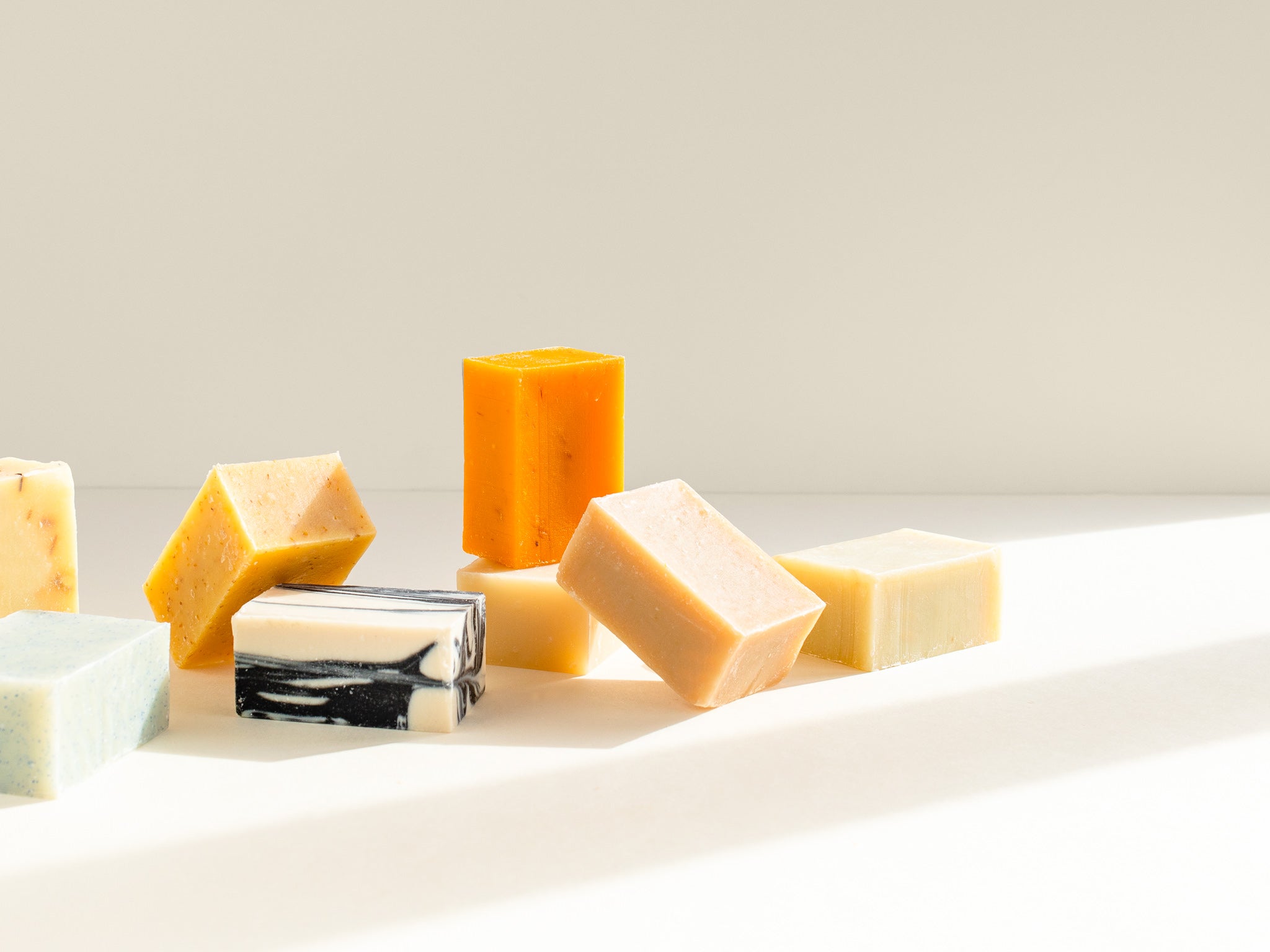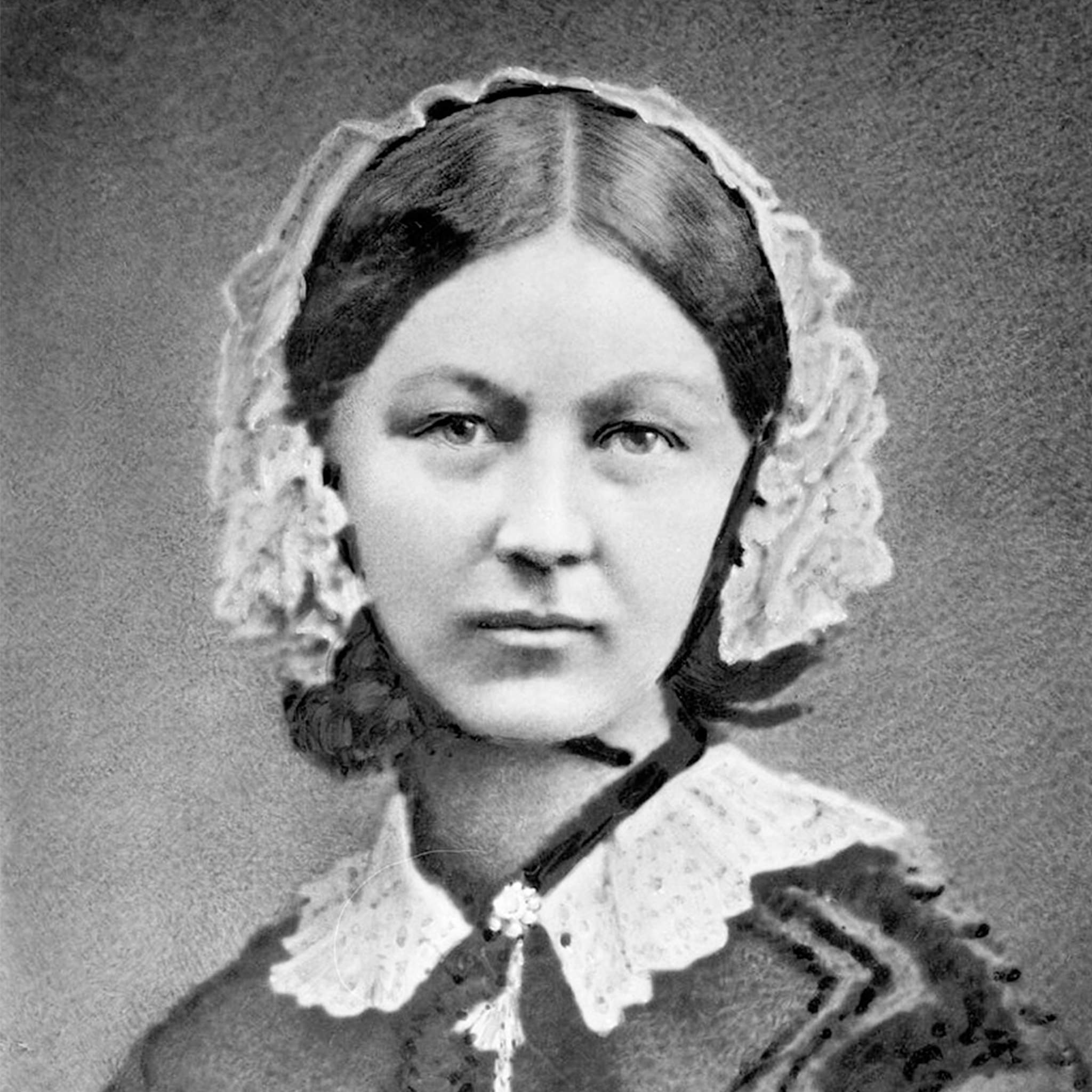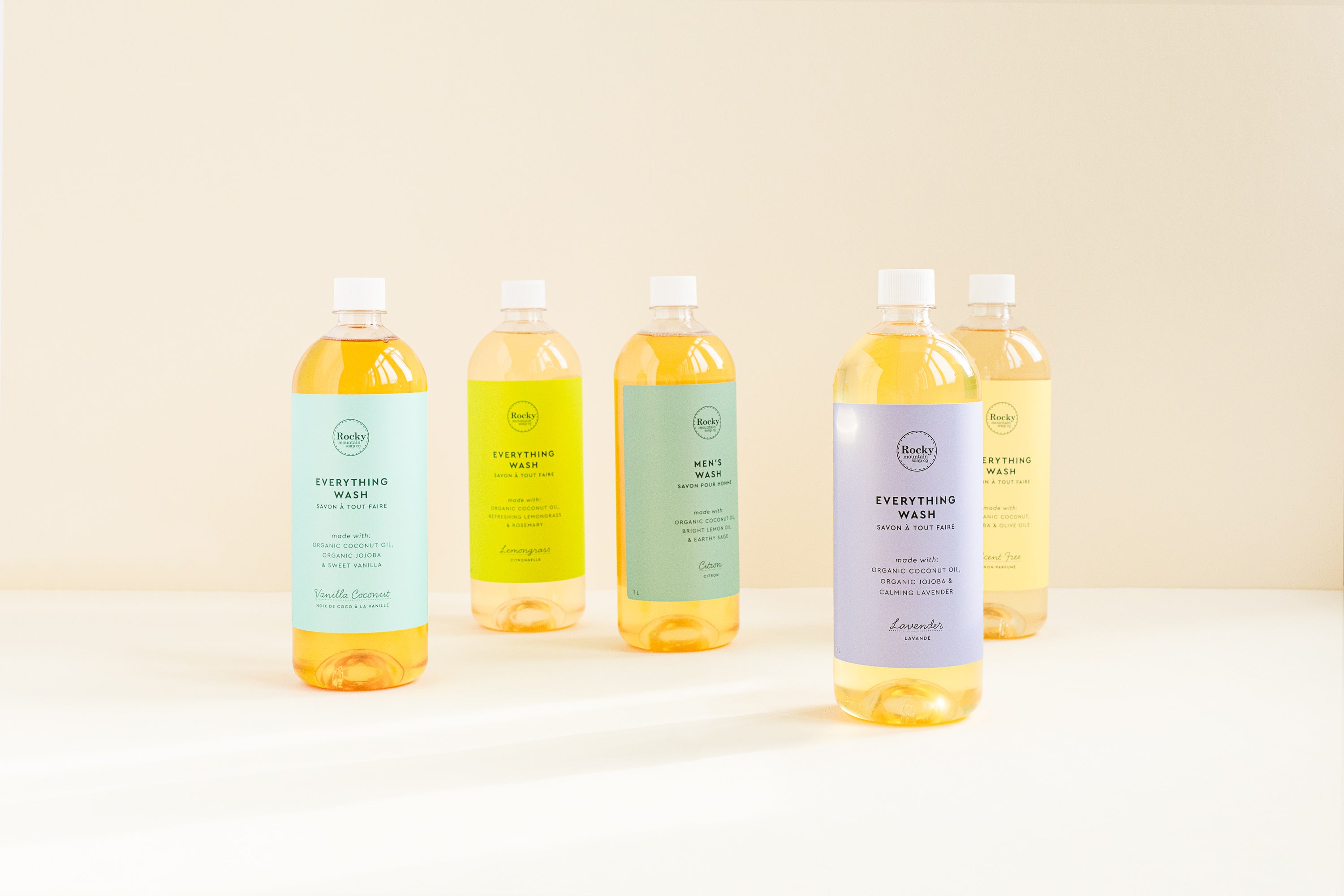
April 21, 2020 3 min read 3 Comments
Washing your hands is something you do everyday, usually without even thinking about it. But soap and handwashing were not always a thing, and they actually changed the course of human history through keeping us healthy. Good old fashioned soap — made from oils, lye and water — changed the world. And we’re going to tell you about the history of soap and what makes it so effective. Curious about how soap works? Here’s some more reading on why soap works.
“With water I bathed myself, with soda I cleansed myself, with oil from the basin I beautified myself.” That’s an inscription discovered on a Sumerian clay tablet in the ancient city of Babylon.
2800 B.C.A barrel with soap like substances from Ancient Babylon was found by archaeologists in what is now present-day Iraq, dating back to 2800 B.C. Ancient Babylonians made basic soap from fats boiled with ashes and water. They were on to something. Lye, a critical ingredient in soap making, can actually be made from wood ashes!

The Ebers Papyrus is an ancient medical scroll from ancient Egypt that contained herbal medical knowledge. In it, the scroll describes combining animal and vegetable oils with alkaline salts to form a soap-like material that was used for washing and treating skin diseases. Wash like an Egyptian, am I right?
200 A.D.Ancient Greeks use a mixture of ash and lye to clean their pots and statues, while the Gauls and Romans also used animal fats to make a soap-like mixture.
1200The soap making centres of the world are Marseilles, France and Savona, Italy. In Italy and Spain, soap was being made from goat fat and the ashes of Beech trees, while in France people started using Olive Oil (yum!) to produce soap.
1350In the Middle Ages, the Bubonic Plague, a.k.a. The Black Death, caused by the bacteria Yersinia pestis, spread across the world. Some at the time feared bathing, thinking that disease spread through the air and water would help transmit it.

1790
Nicolas Leblanc, a French chemist, discovers how to make soda ash (that’s mixed with fat to create soap) from common salt. His method makes it less expensive to create soap.
1846Game changer! Hungarian doctor Ignaz Semmelweis is known as the “father of hand hygiene” because he noticed more women giving birth in the medical ward were dying than those who gave birth in the midwife’s ward. He realised that the doctors were going from the autopsy ward to the delivery ward, carrying icky particles with them and making people sick. Dr. Semmelweis mandated handwashing (with chlorine!), lowering the number of deaths dramatically.
1851Florence Nightingale, who’s known as the founder of modern nursing, instituted handwashing and hygienic practices in the war hospital during the Crimean War. Even though the reasoning behind the practice was a bit off — the belief at the time was that foul odours called miasmas caused infection — the rate of infections in the hospital dropped nonetheless.

Research from French microbiologist and chemist Louis Pastuer, carried on by German physician and microbiologist, Robert Koch helps to solidify germ theory, the scientific theory of disease that we still use today.
1865Liquid soap is patented by a man named William Shepperd.

The first synthetic detergents are invented in Germany in World War 1 in response to a shortage of fats.
1950sSynthetic detergent sales are on the rise in the U.S.
Synthetic detergents are often produced with a neutral pH. Natural soap, like that we make at Rocky, tends toward the alkaline with a pH of 8-10. You know who hates alkalinity? Viruses. That’s why — with proper handwashing — the alkalinity of natural soap will help to deactivate viruses on your skin.
1980sThe Centers for Disease controls publishes its first hand hygiene guidelines. The first nationally endorsed guidelines of that kind in the world.
2000Rocky Mountain Soap Company opens! Woohoo!

We find ourselves being told over and over that the most effective way to stay healthy in this pandemic is to wash your hands well, and often. That means:
March 01, 2021
very nice blog thanks for posting we got very good information also.
April 23, 2020
Whoo, who would have known you work working at make soap in BC, (now is that British Columbia or Before Canada) hee hee!!!!!
Comments will be approved before showing up.
Kimberly Carlson
August 02, 2022
Great timeline, citing for my dissertation!